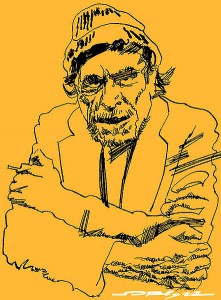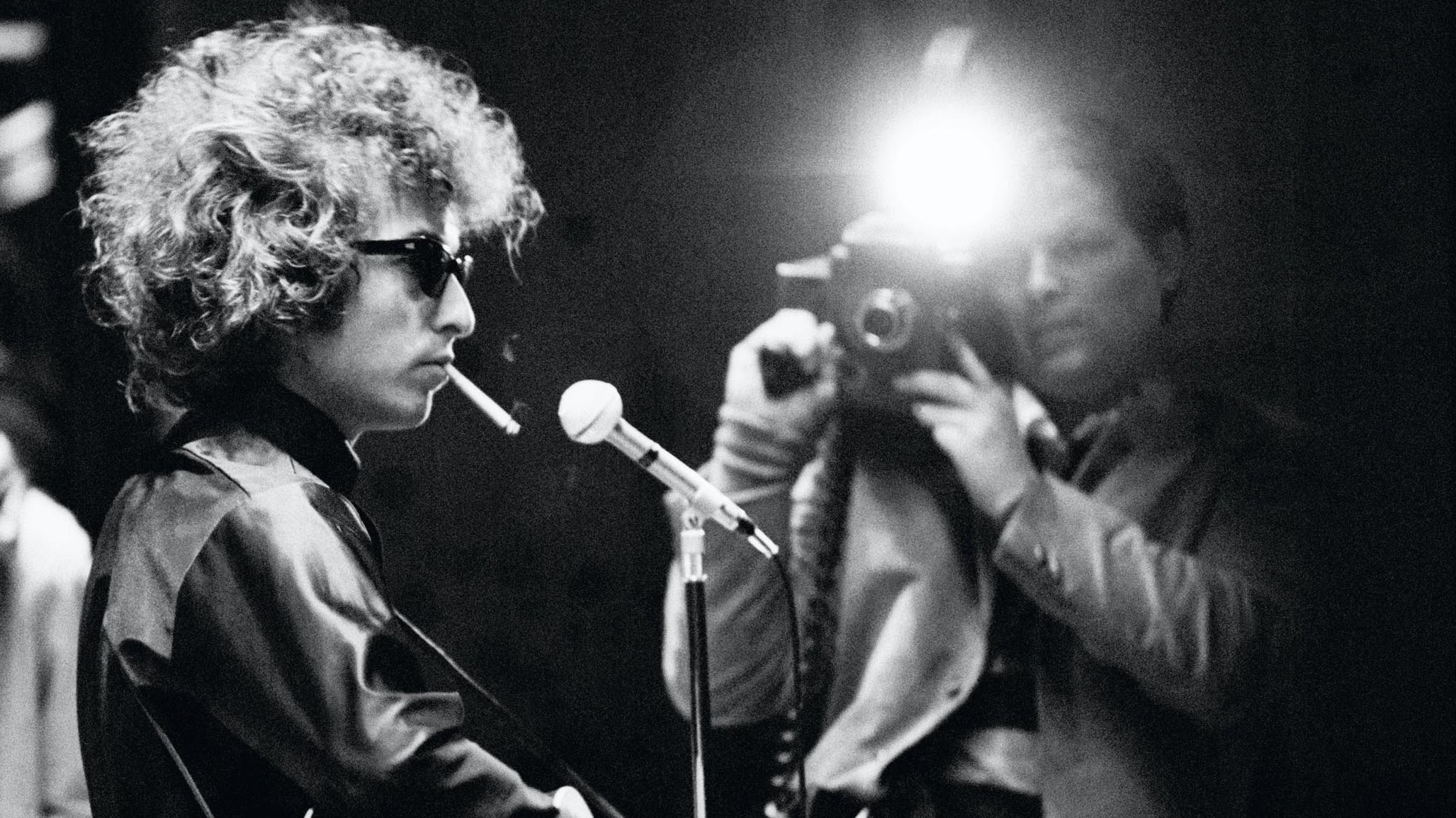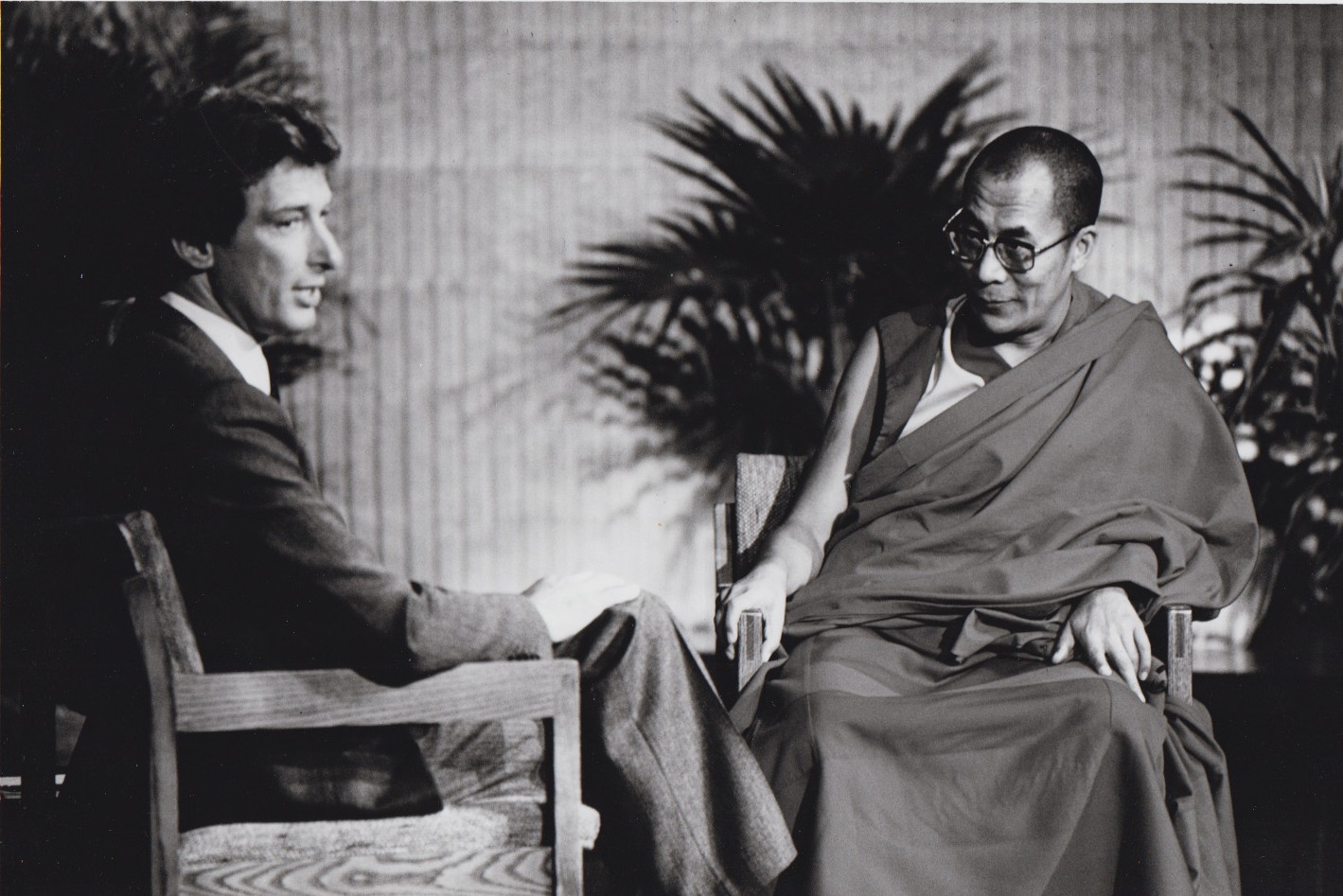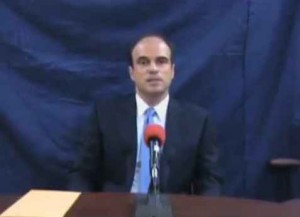Genesis P-Orridge, Throbbing Gristle legend and world’s most famous pandrogyne, is profiled in the seven-minute 2009 documentary.
You are currently browsing the archive for the Videos category.
Tags: Genesis P-Orridge
How very mirthful. (Thanks crunchy.tv.)
THE LAUGHING HEART
your life is your life
don’t let it be clubbed into dank submission.
be on the watch.
there are ways out.
there is a light somewhere.
it may not be much light but
it beats the darkness.
be on the watch.
the gods will offer you chances.
know them.
take them.
you can’t beat death but
you can beat death in life, sometimes.
and the more often you learn to do it,
the more light there will be.
your life is your life.
know it while you have it.
you are marvelous
the gods wait to delight
in you.
•••••••••
“You are marvelous…the gods wait to delight in you.”
Tags: Charles Bukowski, Tom Waits
For roaches, the Singularlity has arrived. (Thanks IEEE Spectrum.)
As we await the merciful arrival of spring, let’s recall the scary winter.
The BBC having April Fools’ Day fun 54 years ago.
A stunning example of the form.
Their style is reminiscent of Boris Becker.
Seems like a million things could go wrong. (Thanks Singularity Hub.)
Urban planning students in the house.
D.A. Pennebaker interviewed about his landmark 1966 Bob Dylan doc, Don’t Look Back, by the legendary music and culture journo Greil Marcus.
From a 1967 Life magazine review of the movie:
Technically, Don’t Look Back is not much above a home movie. Pennebaker uses available light and his sound pick-up equipment seems to be immersed in potato salad, which loses him a lot of dialogue. But Dylan emerges as a human being. He checks himself in the mirror a couple of times, puncturing forever the theory that he is groomed by a Waring blender. He loses his temper. He reads articles about Bob Dylan and giggles. Fans pursue him, a drunk incites him to violent cursing, friends relax him, a pre-concert wait creates tension. He is alone early on stage (the tour antedated the electric accompaniment he uses today), where his voice and soulful images have the power and the beauty to transfix an audience of thousands.•
Tags: Bob Dylan, D.A. Pennebaker, Greil Marcus
Supercomputer pioneer Seymour Cray was so far ahead of his time that it took decades for the industry to catch up to him. The Computer History Museum remembers the maverick inventor with this video.
Seymour Cray talking about the merging of the digital and the biological, in 1995: “The whole concept of living things are digital I think we all have to face now. They are truly digital. They are made of molecules, that we don’t understand how they work but we’re beginning to understand their physical properties. It’s a very exciting time coming. Very scary because we don’t know what kind of mess we’re going to get into here with biological tampering I would say is the right word. I certainly don’t want to take any moral responsibility in this area but clearly humans are going to mess with it in the future.”
Tags: Seymour Cray
This way you won’t have to make any effort in life. (Thanks Live Leak.)
I don’t trust the girl with the mustache who says she’s 12. Amazingly, the company that produced this video is still in business. (Thanks Reddit.)
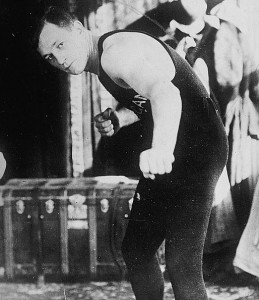
Ketchel killer's were captured and convicted to life sentences, though both were eventually paroled.
John Lardner was a New Yorker writer in the 1930s-50s, a superlative scribe on all topics, best known for his boxing stories. He died before turning 50 and his name has largely fallen into disuse except among the dwindling legions of boxing enthusiasts, a graying and nostalgic crew. When he is remembered it’s usually for a single sentence he wrote among thousands. In a piece called the “Down the Great Purple Valley,’ an account of the 1910 murder of famous boxer Stanley Ketchel, which was published in 1954 in the long-defunct True: The Men’s Magazine, Lardner delivered what is thought of as one of the greatest leads in journalism history, an eloquent line that sets up the whole piece. Here it is:
“Stanley Ketchel was 24 years old when he was fatally shot in the back by the common-law husband of the lady who was cooking his breakfast.”
••••••••••
In the year before he was slain, middleweight Ketchel fights valiantly but is clearly over-matched by the great heavyweight champion, Jack Johnson, in a bout in Colma, California.
Singer-songwriter John Denver, who was always seeking, never quite finding, was a proponent of the controversial self-help movement, the Erhard Seminar Training. When Denver substituted for vacationing host Johnny Carson on the Tonight Show in 1973, it was natural that he would invite the man behind the verbally abusive est workshops, Werner Erhard.
The footage is shaky and black-and-white, but worth watching. Oh, and that’s puppeteer Shari Lewis of Lamb Chop fame to Erhard’s right.
Suzanne Snider recalls the origins of est in a 2003 Believer magazine:
“Born John Paul Rosenberg in 1935, Werner Erhard changed his name in 1960 and left his wife and three children in Philadelphia to fly West with his mistress June Bryde. The two cobbled together a conspicuously Teutonic moniker for the nice Jewish boy from Pennsylvania (inspired by two different people—German finance minister Ludwig Erhard and atomic scientist Werner Heisenberg—both mentioned in an in-flight article on Germany’s economic recovery). Erhard resumed his career in sales when he reached San Francisco, working for Encyclopedia Britannica, Parents magazine, and Great Books, while experiencing a wide range of what the Human Potential Movement had to offer: Gestalt therapy, Zen Buddhism, Mind Dynamics, Dale Carnegie, Scientology, and a book by Napoleon Hill called Think and Grow Rich. In 1971, Erhard had his infamous epiphany while driving over the Golden Gate Bridge. He said in his biography, ‘…after I realized that I knew nothing—I realized that I knew everything… everything was just the way that it is, and that I was already all right… I realized I was not my motions or thoughts. I was not my ideas, my intellect, my perceptions, my beliefs…I became Self.’ His revelation became the basis for est workshops, his shrewdest business scheme to date.
Erhard’s new view on life, which treads a fine line between Zen Buddhism and mild psychosis, would appear a hard sell. It wasn’t lucid on an intellectual level, if at all, and other parties would have to comprehend it through means, admittedly, other than reason and logic. Nonetheless, est (which stands for Erhard Seminars Training, and also means ‘it is’ in Latin) began in the ballroom of the Jack Tar Hotel in San Francisco, and became the singularly most influential group to emerge from the Human Potential Movement. Understandably, this strange new program, consisting of heady imagery, emotional confessions, est-specific jargon (‘racket,’ ‘asshole,’ ‘barrier’) and aphorisms (‘I know that you know that I love you, what I want you to know is that I know you love me’ or ‘If God told you exactly what it was you were to do, you would be happy doing it no matter what it was. What you’re doing is what God wants you to do. Be happy.’), captured the imagination of men and women across the United States. Between 1971 and 1984, 700,000 people enrolled in the est workshop to ‘get it.’ Participants who approached their est workshops and the elusive ‘it’ with good sense and literalism were rebuffed. One est trainer responded to a participant’s thoughts with ‘Don’t give me your goddamn belief system, you dumb motherfucker.'”
Tags: John Denver, Johnny Carson, Shari Lewis, Suzanne Snider, Warner Erhard
In one clip, he smokes a cigar, which may have been just a cigar.
Tags: Sigmund Freud
The first two crisp paragraphs from “A Murder Foretold,” a new New Yorker article about a mysterious killing in Guatemala, penned by the excellent writer David Grann:
“Rodrigo Rosenberg knew that he was about to die. It wasn’t because he was approaching old age—he was only forty-eight. Nor had he been diagnosed with a fatal illness; an avid bike rider, he was in perfect health. Rather, Rosenberg, a highly respected corporate attorney in Guatemala, was certain that he was going to be assassinated.
Before he began, in the spring of 2009, to prophesy his own murder, there was little to suggest that he might meet a violent end. Rosenberg, who had four children, was an affectionate father. The head of his own flourishing practice, he had a reputation as an indefatigable and charismatic lawyer who had a gift for leading other people where he wanted them to go. He was lithe and handsome, though his shiny black hair had fallen out on top, leaving an immaculate ring on the sides. Words were his way of ordering the jostle of life. He spoke in eloquent bursts, using his voice like an instrument, his hands and eyebrows rising and falling to accentuate each note. (It didn’t matter if he was advocating the virtues of the Guatemalan constitution or of his favorite band, Santana.) Ferociously intelligent, he had earned master’s degrees in law from both Harvard University and Cambridge University.”
••••••••••
“Good afternoon, my name is Rodrigo Rosenberg Marzano, and regrettably if you are watching or listening to this message, it’s because I was murdered by President Alvaro Colom.”
Cell phone signal towers kill so many birds every year that it’s time for us to create some artificial birds, so that we”ll have more birds to kill. Singularity Hub posted the attached video of Festo’s Smartbird bot, which is patterned after a seagull and is really quite amazing.
Hoped he would actually juggle pianos. Still, impressive. (Thanks Reddit.)
Up until that moment when you’re killed, it’s a lot of fun.
French firm Wysips makes a thin film that attaches to phone displays and traps solar energy. Available in 2012.
Venezuelan performer Juan Caicedo shows his skills.
Caicedo mentioned in a review of Barnum’s circus from an 1883 Brooklyn Daily Eagle: “Juan Antonio Caicedo, a Venezuela artist did some wonderful things upon a wire. His somersaults upon a thin line of steel, so fine as to hardly be discernible, were simply wonderful.”
Tags: Juan Caicedo
Okay.

